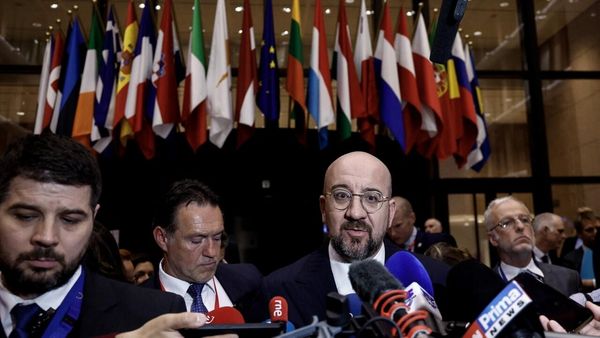
Besides improving penetration of existing products, the company will also launch zero- and low-sugar variants of all its key sparkling brands in a phased manner over the next two years, said Sanket Ray, president for India and South-West Asia, Coca-Cola. The moves will help the company increase demand in a market where per capita consumption of beverages is low. It owns brands such as Thums Up, Fanta, Limca and Sprite.
“Our bottling partners are investing $1 billion in capacity only. This year we already got 14 to 16 lines; next year we will get a huge number of lines," added Ray.
The company works with 12 bottling partners who invest in the plants, while the company works on the marketing budgets and product innovation to drive sales.
Ray said Coca-Cola is working on several new innovations that are part of its strategy to woo more consumers and increase occasions where consumers choose its beverages—both at-home as well as out-of-home consumption. “For all leading sparkling brands we will have a zero- and low-sugar choice. We plan to roll them out in a phased way over the next two years. Consumers need choice and every brand will have a zero leg."
Ray said, so far, only Coke and Sprite brands offer zero sugar variants.
The firm is set to launch a new low-sugar Limca-Sportz variant to mark its entry into the hydration category.
Ray also identified three pillars of growth for the company in the Indian market—portfolio expansion, driving greater availability of products and building greater consumer occasions.
“In the next five to seven years, we will definitely scale up into a far bigger business, it may be a little bit late, but it is not over yet," he said.
India has a big beverage market but more skewed towards out-of- home consumption, partly due to extreme summers that drive demand for cold drinks from consumers on the move. More of the company’s upcoming marketing campaigns across brands, such as Sprite, Maaza and Coca-Cola, will focus on promoting new occasions for consumption. The company is also investing in the supply side, he added.
Coca-Cola, which competes with PepsiCo globally, has also expanded its distribution network in India—the products now reach four million outlets against three million two years ago. “Our household penetration now is 32.3%, which is up by 7% since last year," Ray said.
The company has been promoting returnable glass bottles in a bid to reach out to more consumers at affordable price points.
Coca-Cola India reported its best-ever quarter in India for the three months ended June as a strong summer season and sharp rebound in mobility helped sales of more bottles.
In the March quarter, Coca- Cola sold 500 million extra bottles in India. Nearly 70% of the incremental transactions was driven by small packages such as returnable glass bottles and affordable, single-serve PET packs , the company said in its March quarter earnings statement.
India’s non-alcoholic beverages market may expand at a compound annual growth rate of 8.7% to reach ₹1.47 trillion by 2030, according to a report by economic policy think tank Indian Council for Research on International Economic Relations. The market was estimated at $12.15 billion in 2019.







